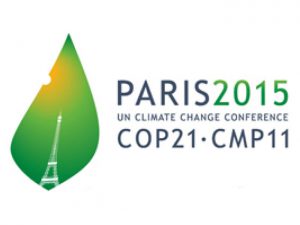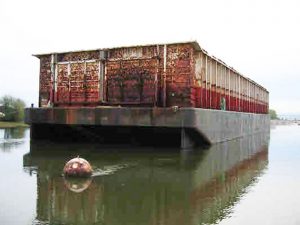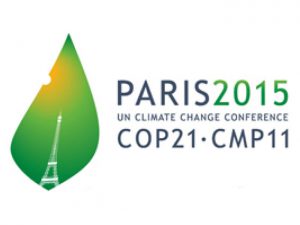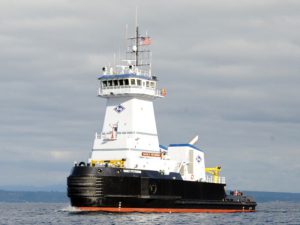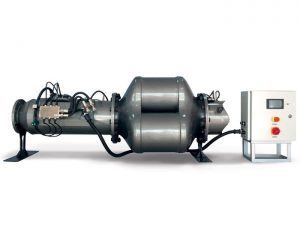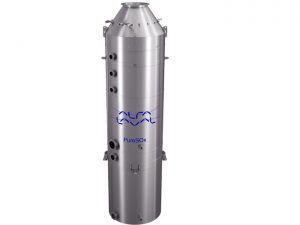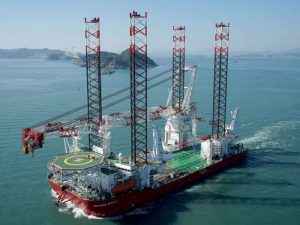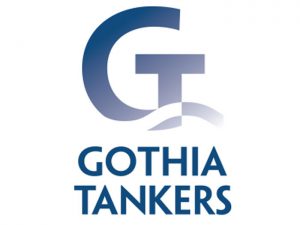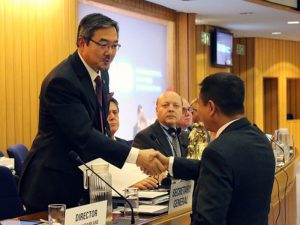
IMO pledges to continue work on GHG emissions
IMO notes that, to date, it is the only organization to have adopted energy-efficiency measures that are legally binding across an entire global industry and apply to all countries. Mandatory energy efficiency standards for new ships, and mandatory operational measures to reduce emissions from existing ships, entered into force under an existing international convention (MARPOL Annex VI) in 2013. By 2025, all new ships will be 30% more energy efficient than those built last year.
“This is more than a target, it is a legal requirement, and demonstrates that IMO is the correct and only forum to identify solutions and an appropriate pathway for international shipping to de-carbonize with the rest of the globe,” says IMO.
Continuing efforts will include:
- development of a global data collection system for ship’s fuel consumption to be discussed in detail at the next meeting of IMO’s Marine Environment Protection Committee in 2016,
- further consideration of a total-sector reduction target for GHG emissions from international shipping as proposed by the Marshall Islands in 2015, and
- continued investigation of additional mechanisms for ships to support the implementation of the Paris Agreement.
During COP21, IMO provided an update of its work to address GHG emissions from bunker fuels used for international shipping.
Specifically, IMO reported on its work on guidelines to support the uniform implementation of the regulations on energy-efficiency for ships; and on its efforts with regard to technical co-operation and capacity-building to ensure effective implementation and enforcement of the new regulations worldwide and, activities to support technical cooperation and transfer of technology for improving the energy efficiency of ships.
With what is now “a clear imperative for IMO’s Member States to rise to the challenge set by the Paris Agreement,” Secretary-General Sekimizu says, “I now encourage Governments to bring the spirit of the Paris Agreement to IMO and come forward with new, creative proposals and to approach them in a constructive and cooperative manner.”
Mr. Sekimizu says that the challenge set by the Paris Agreement also extends to ship designers and marine engineers to develop the technological solutions, to those who operate and manage ships, to seafarers and those who educate them and, importantly, to the business of shipping, which needs to ensure that investment in innovative low carbon technologies is properly incentivised.

